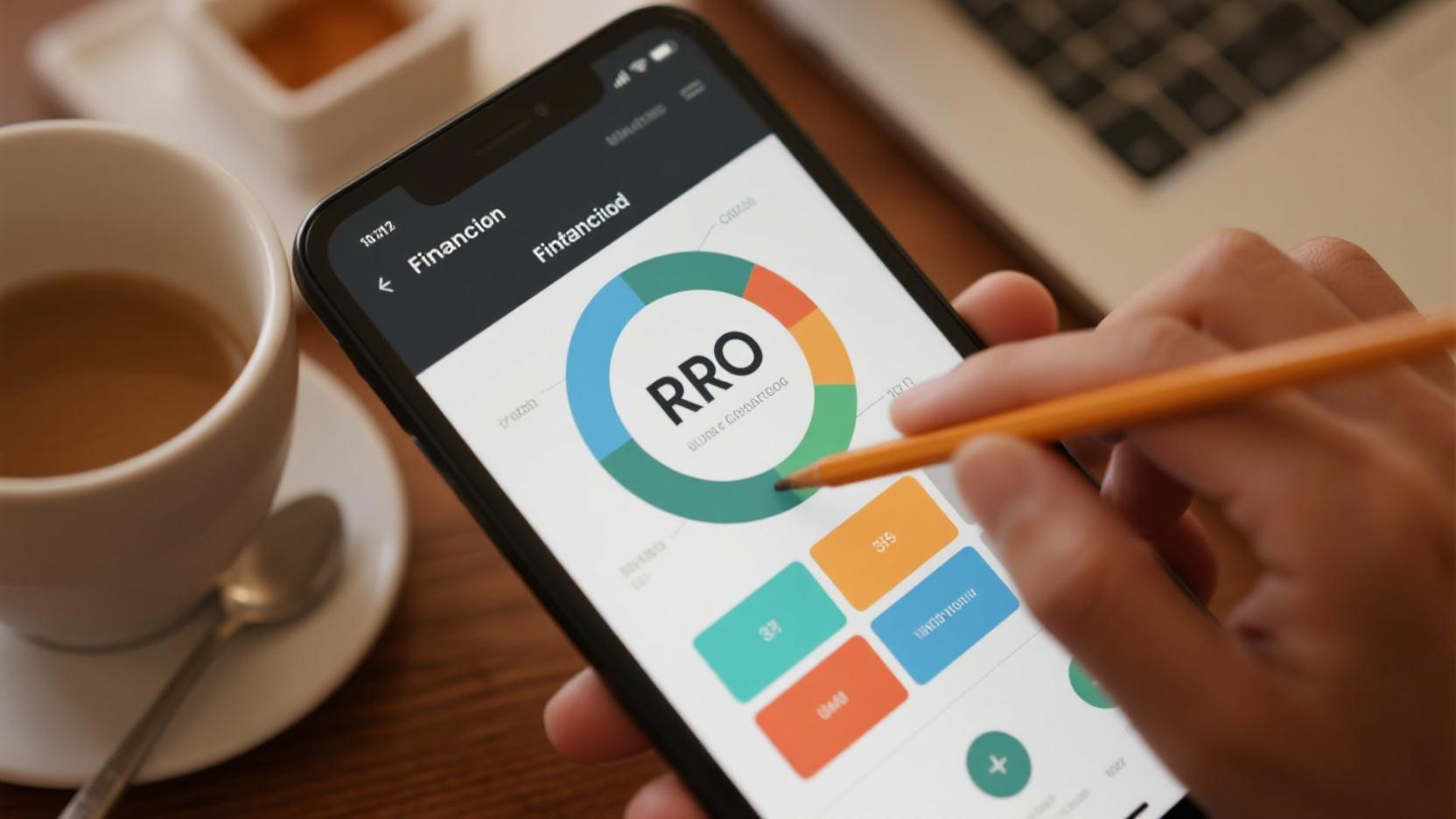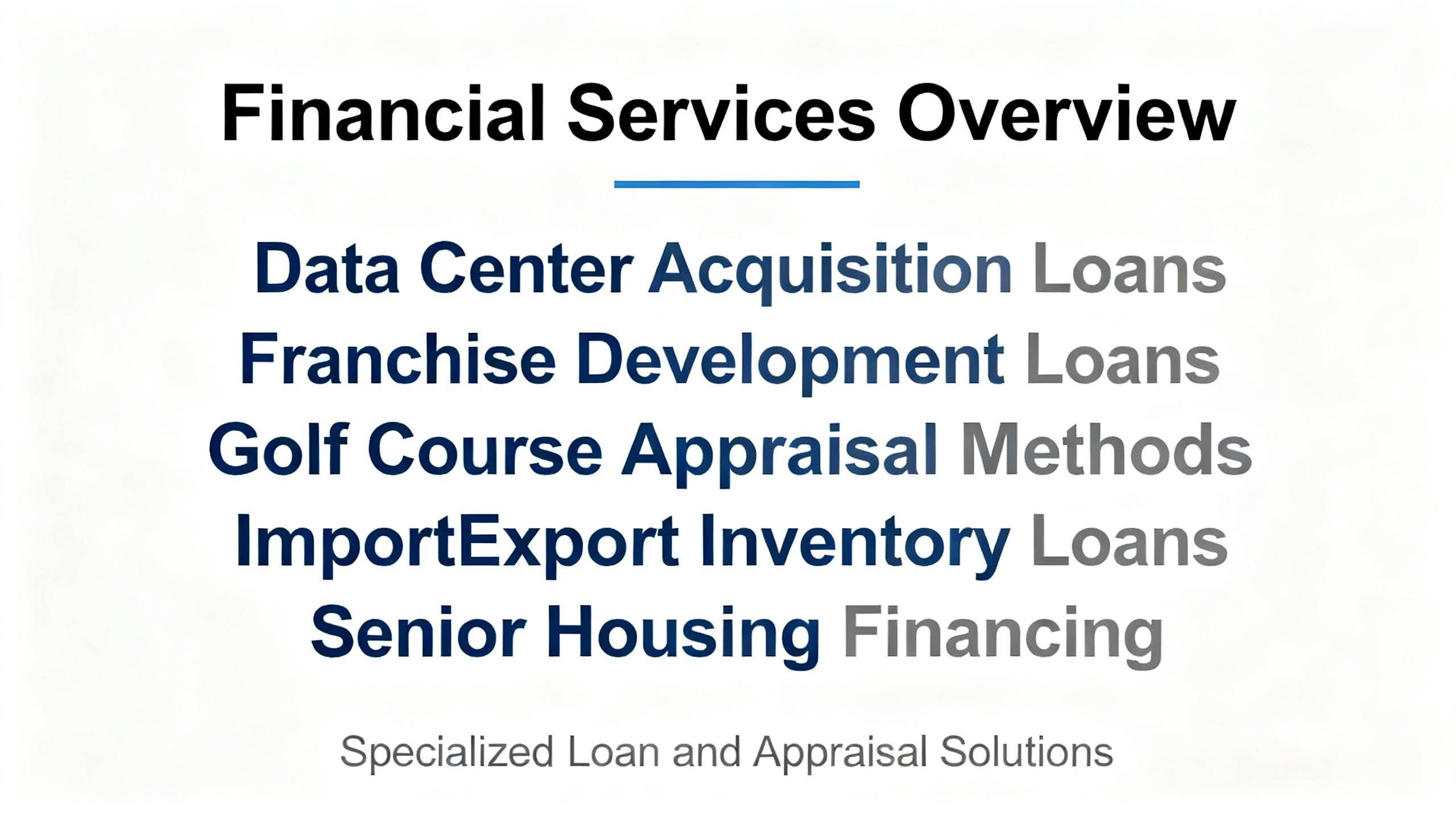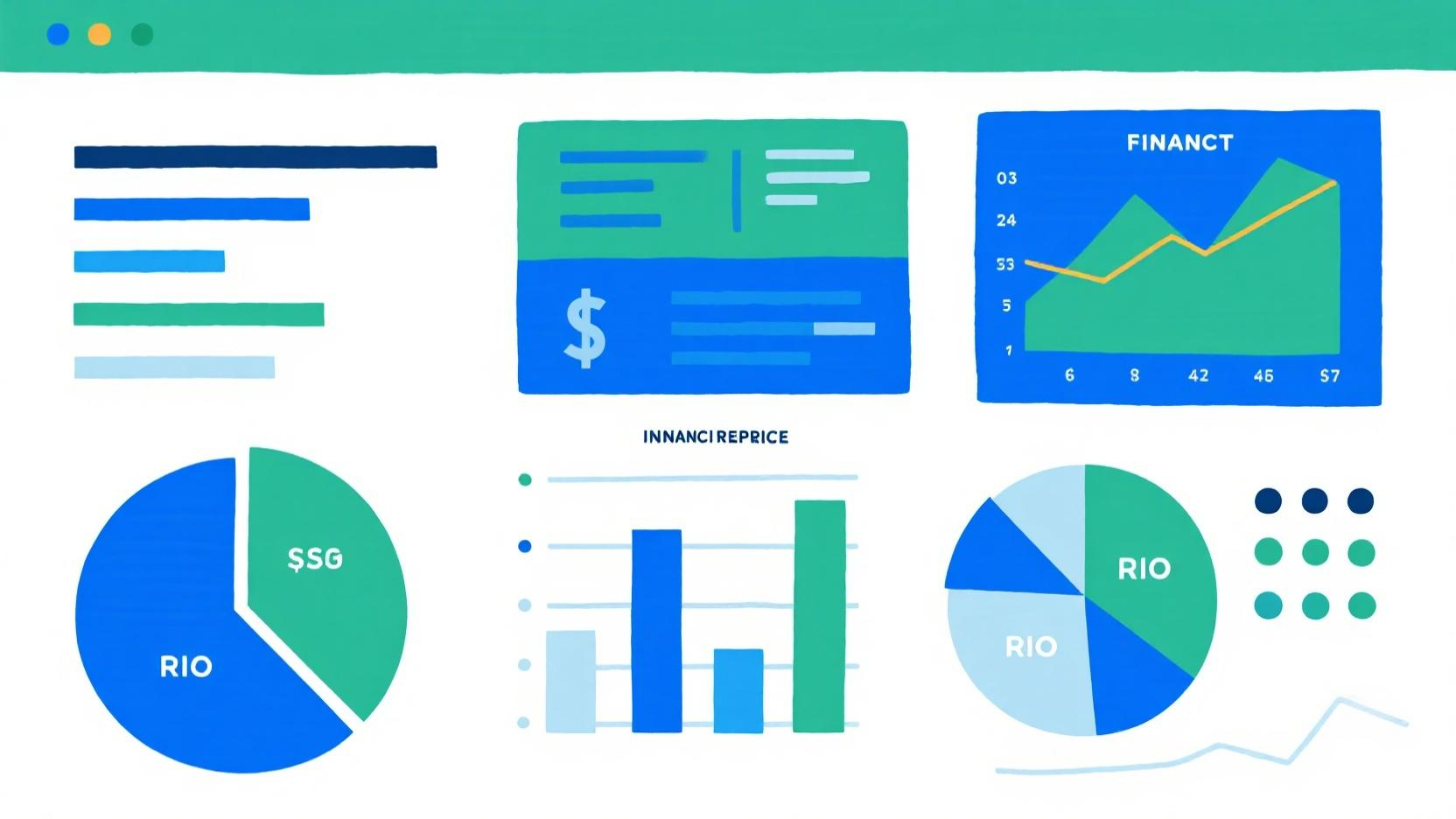Image Source: unsplash
Calculating and Analyzing ROI in Business Financing is essential for measuring the profitability of an investment relative to its cost. This metric plays a critical role in strategic decision-making by helping you evaluate where to allocate resources for maximum impact.
-
ROI enables businesses to:
- Measure profitability and optimize resource allocation.
- Focus on high-return investments to enhance shareholder value.
For small businesses, understanding Calculating and Analyzing ROI in Business Financing can guide smarter decisions. For example, comparing digital and traditional marketing campaigns reveals which generates higher sales, ensuring resources are directed effectively. Consistent Calculating and Analyzing ROI in Business Financing prevents costly mistakes and prioritizes profitable ventures, benefiting businesses of all sizes.
Key Takeaways
- Knowing ROI helps businesses see profits and choose smart investments.
- Checking ROI often helps track progress and improve plans for more profit.
- Comparing ROI with industry standards shows how well a business is doing and spots areas to get better.
Understanding and Calculating ROI in Business Financing
What is ROI, and why does it matter in business financing?
Return on Investment (ROI) measures the profitability of an investment relative to its cost. It serves as a critical tool for evaluating the success of financial decisions. In business financing, ROI helps you determine whether an investment aligns with your strategic goals. For example, it can reveal whether a marketing campaign or a new product launch generates sufficient returns to justify the expense. By focusing on ROI, you can prioritize high-return opportunities and allocate resources effectively.
ROI also plays a vital role in long-term financial planning. It enables you to assess risks, measure performance, and recalibrate strategies when necessary. This ensures that your investments contribute to sustainable growth over time.
The ROI formula and its components
The ROI formula is straightforward:
ROI (%) = (Net Profit / Cost of Investment) × 100
Its main components include:
- Net Profit: The total return after deducting all expenses.
- Cost of Investment: The total amount spent, including initial costs and operational expenses.
- Timeframe: While not part of the formula, the period over which ROI is calculated is crucial for accurate interpretation.
These components may vary across industries. For instance, a retail business might focus on marketing spend, while a real estate investor considers property maintenance costs.
Step-by-step guide to calculating ROI with examples
To calculate ROI, follow these steps:
- Determine the net profit by subtracting all expenses from the total revenue.
- Divide the net profit by the total cost of the investment.
- Multiply the result by 100 to express ROI as a percentage.
For example, a business invests $50,000 in a product launch and generates $200,000 in revenue. After deducting expenses, the net profit is $150,000. The ROI is:
ROI = ($150,000 / $50,000) × 100 = 300%
This indicates a highly profitable investment. Similarly, a $5,000 training program that increases revenue by $25,000 yields a 400% ROI, showcasing the value of employee development.
Analyzing and Interpreting ROI Results
How to interpret ROI percentages effectively
Interpreting ROI percentages requires understanding their implications for your business. A positive ROI indicates profitability, while a negative ROI signals a loss. Higher percentages often reflect better returns, but context matters. For instance, a 20% ROI might be excellent in manufacturing but underwhelming in the tech sector. Always consider the timeframe of the ROI calculation. Short-term gains may not guarantee long-term sustainability.
You should also evaluate ROI in relation to your business goals. For example, if your objective is market expansion, a moderate ROI might still be acceptable if it leads to increased brand recognition. Avoid focusing solely on the percentage. Instead, analyze the underlying factors contributing to the result, such as operational efficiency or customer acquisition costs.
Comparing ROI to industry benchmarks
Benchmarking your ROI against industry standards provides valuable insights into your performance. For example, the tech industry typically reports higher ROI due to rapid innovation, while retail and food services often have lower averages. Comparing your ROI to these benchmarks helps you identify areas for improvement and set realistic expectations.
| Industry | Average ROI Range (%) |
|---|---|
| Technology | 30-50 |
| Retail | 10-20 |
| Food Services | 5-15 |
Keep in mind that benchmarks vary widely across industries. Factors like risk profiles, financial structures, and economies of scale influence ROI. Use these comparisons to refine your strategies and align them with industry norms.
Identifying trends and patterns in ROI analysis
Analyzing trends in ROI helps you uncover patterns that drive business success. For example, tracking ROI over time can reveal seasonal fluctuations or the impact of specific campaigns. In the digital age, businesses increasingly focus on real-time tracking to adapt quickly to market changes.
| Trend | Description |
|---|---|
| ESG ROI | Growing importance as consumers prioritize ethical and environmental commitments. |
| ROI in Digital Transformation | Emphasis on technology investments and customer experience. |
| Real-Time Tracking | Shift to dynamic models for adaptive decision-making. |
By identifying these trends, you can make data-driven decisions and stay ahead of competitors. Regularly reviewing ROI patterns ensures that your strategies remain effective and aligned with market demands.
Limitations and Strategies to Maximize ROI

Image Source: unsplash
Common limitations of ROI as a metric
ROI is a powerful tool, but it has its limitations. It often fails to capture the broader context of an investment. For instance, ROI does not account for qualitative factors like customer satisfaction or brand loyalty, which can significantly impact long-term success. Additionally, ROI calculations rely heavily on accurate data. Inconsistent or incomplete data can lead to misleading results.
Another limitation is its inability to consider external factors such as market conditions or economic changes. For example, inflation or supply chain disruptions can skew ROI figures, making them less reliable. To address these challenges, you should use ROI alongside other metrics and qualitative insights. This approach provides a more holistic view of an investment’s value.
Avoiding common mistakes in ROI calculations
Errors in ROI calculations can lead to poor decision-making. To avoid these pitfalls, focus on the following:
- Differentiate between cash flow and gains. Comparing initial investments with profits instead of cash flow often leads to inaccuracies.
- Account for all initial costs, including hidden expenses like employee time.
- Define your minimum ROI expectations based on risks and costs.
- Avoid measuring irrelevant metrics or too many indicators. Focus on key performance indicators (KPIs) that align with your goals.
- Regularly revisit ROI calculations to adapt to changes in the business environment.
By addressing these common mistakes, you can ensure your ROI assessments are accurate and actionable.
Strategies to maximize ROI in business financing
Maximizing ROI requires strategic planning and execution. Start by selecting the right financing methods that align with your business needs. Leveraging borrowed funds effectively and optimizing loan-to-value ratios can improve returns. Additionally, take advantage of tax benefits and consider refinancing options to enhance cash flow.
In the current economic climate, adapting pricing strategies and renegotiating supplier contracts can mitigate inflationary pressures. Embracing remote work can also reduce operational costs, boosting ROI. Furthermore, investing in innovation and R&D, particularly in sectors like manufacturing, can drive long-term growth. For example, leveraging data analytics and Industry 4.0 technologies can optimize processes and deliver scalable innovation.
Integrating ROI analysis into your overall strategy is equally important. Use advanced analytics tools for real-time tracking and align ROI metrics with your business objectives. This ensures your investments remain relevant and profitable.
Understanding ROI in business financing empowers you to make smarter financial decisions. To improve your ROI analysis:
- Leverage advanced analytics for real-time tracking.
- Adopt data-driven decision-making.
- Test strategies with A/B testing.
- Focus on high-value, low-cost investments.
Explore tools like Google Analytics, HubSpot, and Tableau to refine your ROI calculations.
FAQ
What is a good ROI percentage for business financing?
A good ROI percentage depends on your industry. For example, technology often exceeds 30%, while retail averages between 10% and 20%. Always compare with industry benchmarks.
How often should you calculate ROI for your investments?
You should calculate ROI regularly, such as quarterly or annually. Frequent evaluations help you track performance and adjust strategies to maximize returns.
Can ROI be negative, and what does it mean?
Yes, ROI can be negative. It indicates that your investment resulted in a loss, meaning the costs exceeded the returns. Reassess your strategy to avoid future losses.











